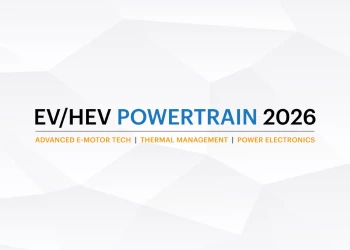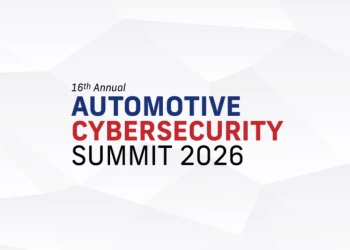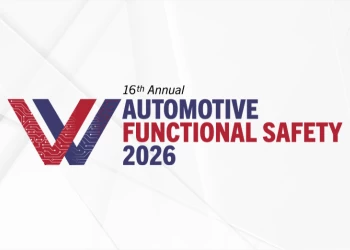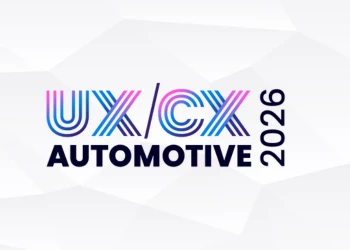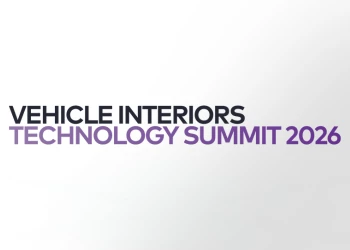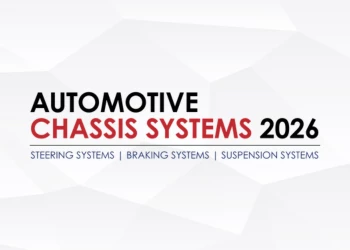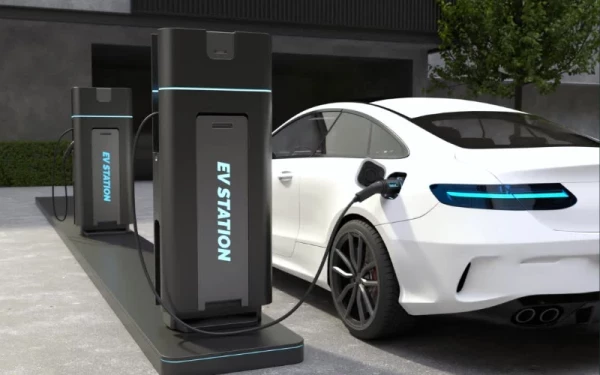Continental on the main trends, challenges and future prospects of E-mobility
Add bookmarkAutomotive IQ discussed with Mr. Brüll, Senior Expert E-Mobility & Project Manager at Continental, the main trends, challenges and future prospects of E-mobility.
I: What are the main challenges for Tier 1's when it comes to e-mobility?
R: It's the timing! If you start too early you can waste billions, and if you come too late, you lose the market, so doing the right things, the right products in time and individual per product, this is the right thing. The second main challenge is the variety of products so we have to face the combustion part, the hybridization and e-mobility in parallel.
I: How do you plan to overcome these major challenges?
R: We constantly monitor the market trends and have to distinguish between fiction and facts and have to find out was reality and do the proper things. The second is we go for system and platform applications for e.g. batteries and power electronics and for charging.
I: What are the EV customer expectations in regards of the charging infrastructure?
R: It is mainly fast charging and comfortable charging. So fast charging it is a maximum DC on the motorway, maximum compared to what the battery accepts. And comfortable means only one side probably inductive charging. It means in general two-day availability and access to the existing infrastructure like the Continental charging technology “AllCharge” for example provides.
I: You will be speaking about the AllCharge solution which turns the electric power training to universal charger. Could this solution be used in passenger cars and heavy-duty vehicles?
R: This is a good question. It was in the first step designed for mass market passenger cars. You have the flexibility with the changing infrastructures, is it 400 and 800-volt DC is it single phase, 3-phase - this is in a world-wide application, a very flexible way. It can be tailored for other applications such as the heavy duty as well.
I: Is the AC charging the best option for urban charging stations?
R: The global mains is based on AC so using directly that is the cheapest way to do and this is what we see in the market. We see in the infrastructure a growth towards 2-watts AC when it comes to higher charging stations density, you can use it and what we see is a certain height of AC which is needed, and this is also provided by the infrastructure.
I: How do you see the future of e-mobility as in the next couple of years?
R: It is coming, we see it, and we foresee 10% market share of pure EV's in 2025, and about 20% in 2030 and if you combine the hybrid solutions, each 2 or 3 of the vehicles in 2030 will have an electrified drive train.

